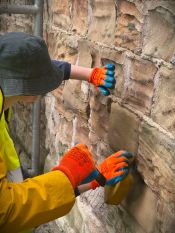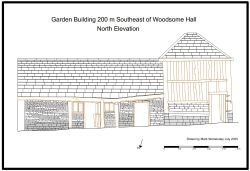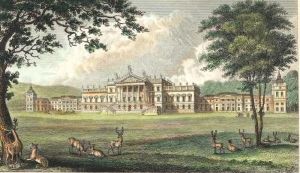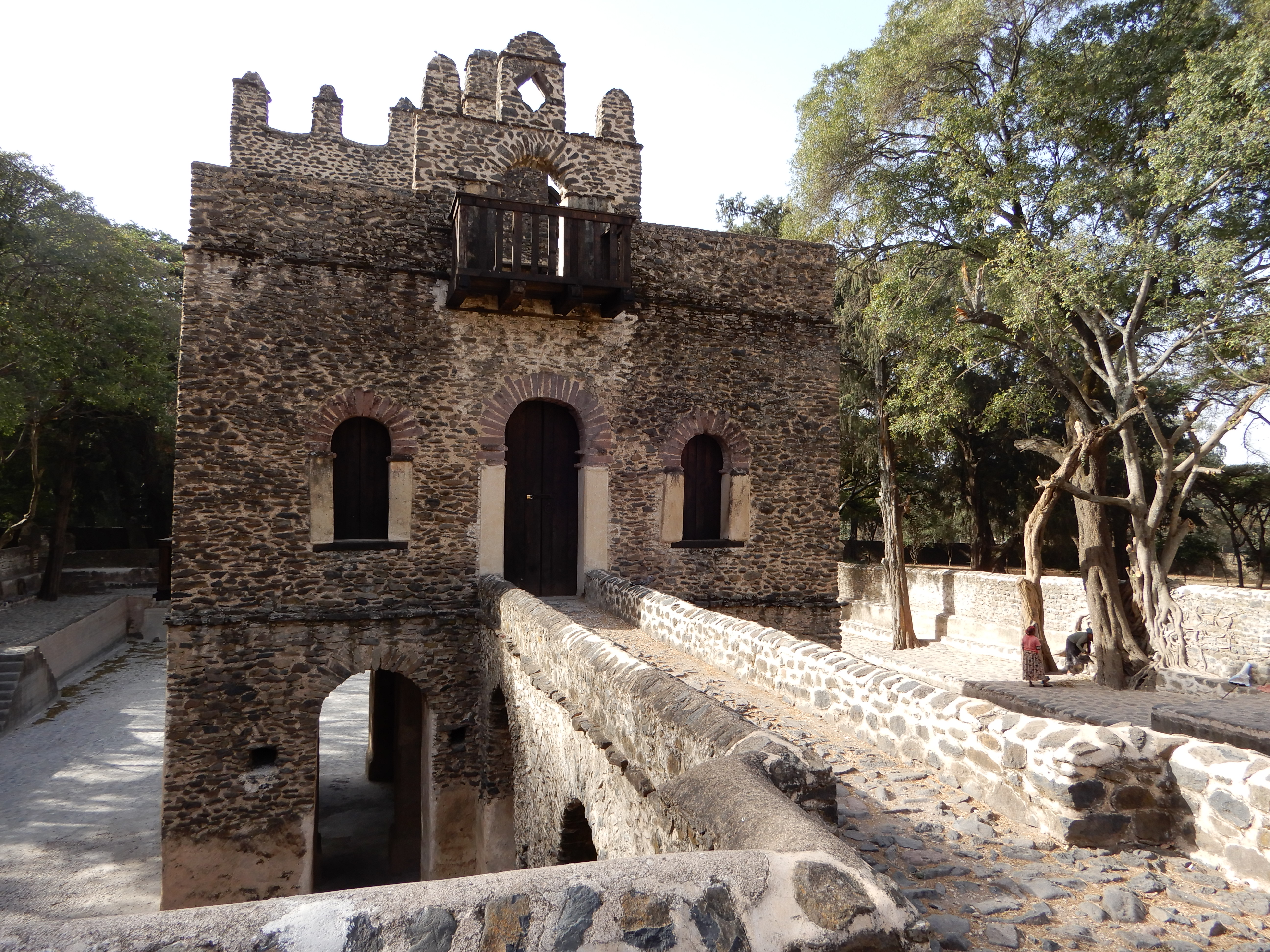Do not assume every mortar was created from a hot lime mix
We need to remember that within the current fashion for recreating hot lime mortars that in many areas historically the burnt lime was very difficult to use in such a way.
Just back from helping crafts people and specifiers in northern Ethiopia develop their skills and understanding of traditional plasters, Mark Womersley watched and worked with local people to prepare lime renders and plasters.
The burnt limestone currently used has a high iron content and when tested is naturally hydraulic but without the crushing equipment and the ability to slake using steam much of the burnt lime remains as large lumps of un-slaked material when water is added to it. Often two thirds of the content of each batch of quicklime has to be discarded as it remains un-slaked.
The slaked material runs into pits as a slurry and needs to be left for 6 months to 10 years to mature into a lime putty with sufficient concentration of calcium hydroxide within it to be affective as a binder.
The tradition in this part of Ethiopia at least in more recent times crushes by hand this waste material to make an aggregate, providing mixes of a very high lime content that give the appearance when set of a hot lime mix. But this is false.
These mixes provide a very good set over longer periods of time and have in recent years been used to create limecrete domes and waterproof swimming pool lining plaster. This area of Ethiopia receives up to 1 metre of rain fall per month in the wet season and the mortars are tested with this onslaught.
The mix appears to create a hydraulic mortar that gains strength over time and forms a very durable material.

Slaking lime into a pit

Specifiers learning from crafts people how to crush the unslaked lime to use as an aggregate
The early 17th Century Fasil Bath lined with lime rich feebly hydraulic plaster

A dome recreated with unslaked lime aggregate 30mm down and slaked lime from mature pits
Related Articles

The steps members of the Waterton’s Wall restoration team, with support from Mark Womersley, have been following to consolidate, conserve and repair this historic wall that represents the successful efforts of Charles Waterton to preserve the wildlife that lived on his estate near Wakefield in West Yorkshire.
1. Fill deep voids behind the wall’s facing stones with deep pointing work. The works involve …

Mark spent a day recording a historic timber-framed garden building at Woodsome Hall
Mark Womersley, as part of his voluntary work with the Yorkshire Vernacular Buildings Study Group, spent…

M Womersleys were delighted to offer a day of tutoring to those who attended the Wentworth Woodhouse Working Party
M Womersleys were delighted to offer a day of tutoring to those who attended the Wentworth Woodhouse…
